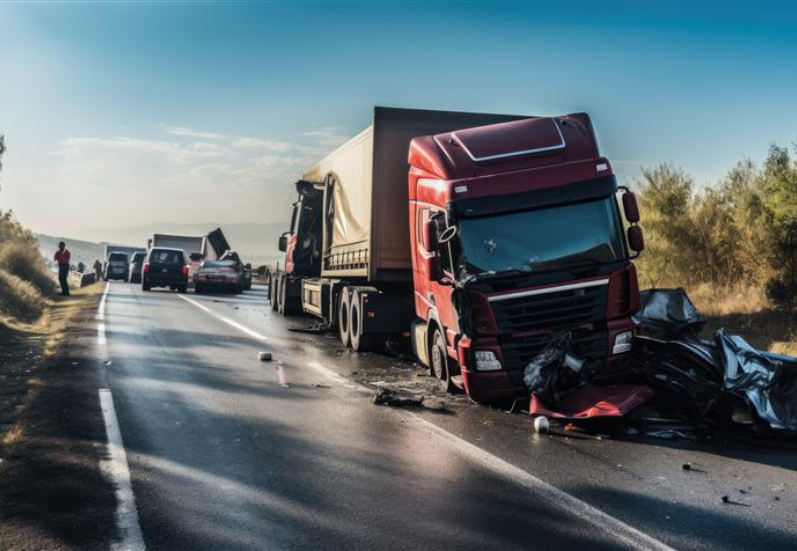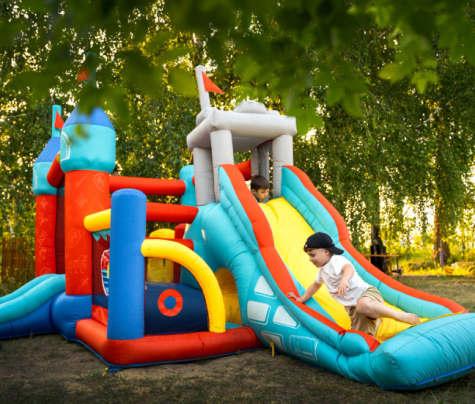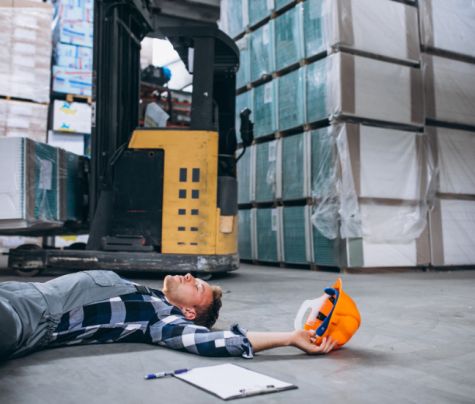
After a serious truck accident, the immediate focus is often on medical treatment and getting vehicles cleared from the scene.
But in the weeks that follow, the focus shifts to one major question: who was at fault? Determining liability in a truck accident is rarely simple.
It often involves multiple parties, conflicting accounts, and a deep investigation into what caused the crash.
That’s why working with an Austin law firm that focuses on semi-truck accidents can make a big difference for anyone involved.
Hi, in today’s blog, we will take a look at how liability is assigned, how evidence is gathered, and provide further help to victims in protecting their rights and building a stronger case from the beginning.
Why Truck Accidents Are Different
Truck crashes are not like car accidents that we see. A truck accident can possibly involve various entities! It is not just the driver who will be responsible for it.
While determining liability in a truck accident, you will notice that it could be extended to the trucking company, the manufacturer, the shipper and even the maintenance provider.
Each party has their own role to play. Moreover, they come with different duties under the law.
For example, the company that owns the truck is responsible for the safety inspections of the truck. On the other hand, the driver is responsible for following the hours-of-service rules.
When something goes wrong, sorting out who failed and how takes time—and evidence.
Key Factors In Determining Fault
Investigators and attorneys typically look at a combination of the following elements when establishing liability:
Driver Error
This includes speeding, distracted driving, fatigue, aggressive lane changes, and failing to yield. If the truck driver made a clear mistake, they may be found directly at fault.
Employer Responsibility
Let’s say the driver was operating within the scope of their employment. In that case, the company may also be liable. This is also known as “vicarious liability”. It is mostly common for commercial vehicles.
Vehicle Maintenance
The trucks often require frequent maintenance and regular checks. So, what happens when the brake fails, the tires are worn out, or maybe someone didn’t pay much attention to mechanical problems?
The party who were responsible for the maintenance may share the fault.
Cargo Loading
Improper loading or overloaded cargo can often make the truck unstable or further cause it to trip. Now, if the cargo shifts or further
Improperly loaded or overloaded cargo can make a truck unstable or cause it to tip. If cargo shifts and causes a crash, the company that loaded it might be held accountable.
Regulatory Violations
Truck drivers and companies must follow strict federal and state regulations. Violating these—such as by skipping logbooks, overworking drivers, or failing inspections—can strengthen a victim’s case significantly.
Types Of Evidence Used
Because fault in truck accidents can be complex, a strong investigation is crucial. Here are some of the types of evidence commonly reviewed:
- Dashcam or traffic camera footage
- Witness statements from the scene
- Police reports and citations
- Black box data from the truck (telematics)
- Driver logs and route history
- Maintenance and inspection records
- Photos of the damage, injuries, and accident site
This evidence helps paint a clearer picture of what happened, when, and why. In many cases, trucking companies and their insurers start gathering this evidence immediately, so injured parties must move quickly to do the same.
The Role Of The Evidence In Truck Accident Liability
While determining liability in a truck accident, it is first necessary to understand the role of evidence that can be useful in truck accident liability.
Here’s what you would need:
- Witness statements: These are primarily the accounts from individuals who witnessed the accident. Their observations play a huge role in proving what has happened. Or who is at fault?
- Photographs and videos: This includes the pictures and video footage of the accident scene. The photographs must include images of vehicle damage and injuries.
This plays a huge role in properly illustrating the entire situation.
- Expert testimony: Various experts, like the accident reconstruction expert, can easily analyse the evidence and further explain how the truck driver caused the accident.
Shared Fault And Comparative Negligence
Some states employ a legal concept known as “comparative negligence,” which allows more than one person or party to share fault. In these cases, the percentage of responsibility determines the amount of compensation a person may receive.
For instance, if a driver is found to be 20% at fault for the crash and the trucking company 80 80%, the driver’s final payout may be reduced accordingly. This makes it especially important to build a strong case that accurately reflects the facts.
The Role Of Legal Support
Because numerous parties and technical issues can be involved, having experienced legal guidance is crucial. A good legal team will know how to:
- Identify all potentially liable parties.
- Preserve and request key records.
- Bring in accident reconstruction experts if needed.
- Navigate insurance negotiations and potential lawsuits.
Truck accident cases can involve high stakes, both financially and emotionally. Working with professionals who handle these cases regularly can help ease the burden while improving your chances of a fair outcome.
What To Do After A Truck Accident
If you’re involved in a semi-truck crash, here are some steps to protect yourself legally:
- First things first, you should seek medical attention immediately, even if you feel okay.
- Secondly, document everything—photos, contact info, and your own account of the incident.
- Your third and crucial step is to avoid speaking with insurance adjusters without consulting a lawyer.
- In addition, you must keep copies of all medical records, expenses, and communications.
- Lastly, consult a qualified legal team as early as possible.
Typically, decisions are made within the first few days after the crash occurs. These occurrences give shape to the overall outcome.
On top of that, understanding the way the fault is determined and the prompt actions can help to ensure the proper representation of your side of the story.
You will rarely see a straightforward truck accident. The involvement of multiple parties makes it much more complex. Additionally, regulations play a significant role in this.
The process of determining liability in a truck accident requires thorough investigation, strategic planning and expert experience.
The right support can help injured individuals navigate the legal process with confidence and focus on what matters most: recovery.
Read Also:
- Determining Fault in a Florida Car Accident
- 7 Steps to Take Immediately After a Motorcycle Accident
- After the Impact: Why Hiring a Car Accident Lawyer Early Makes All the Difference










0 Reply
No comments yet.